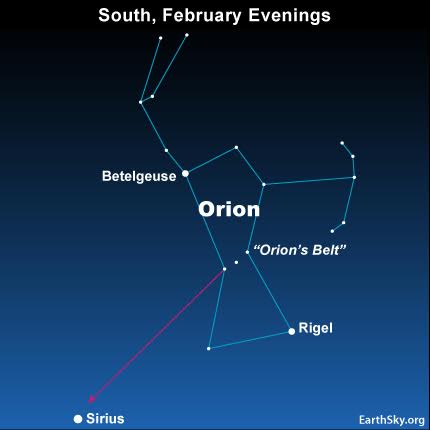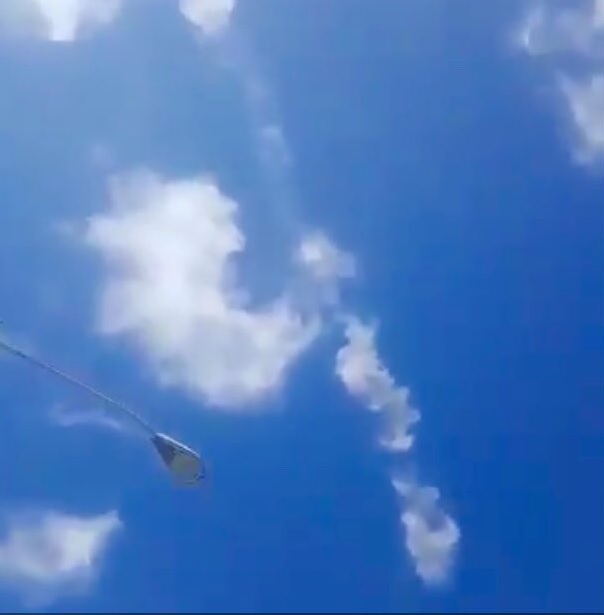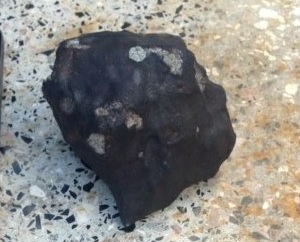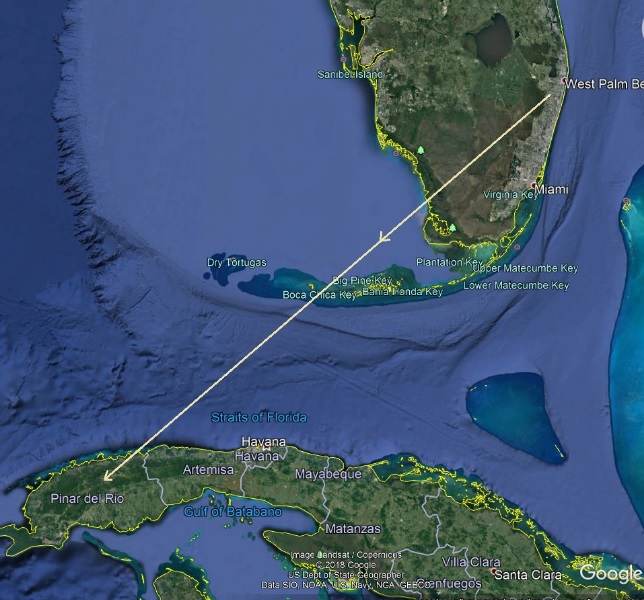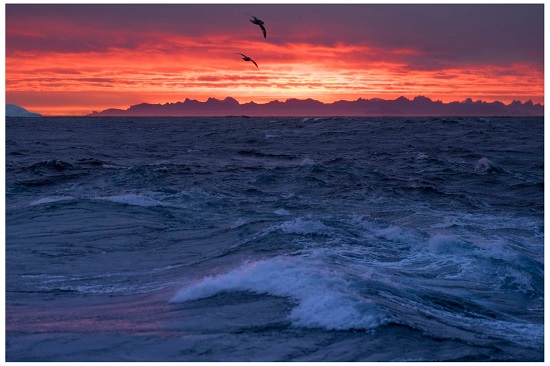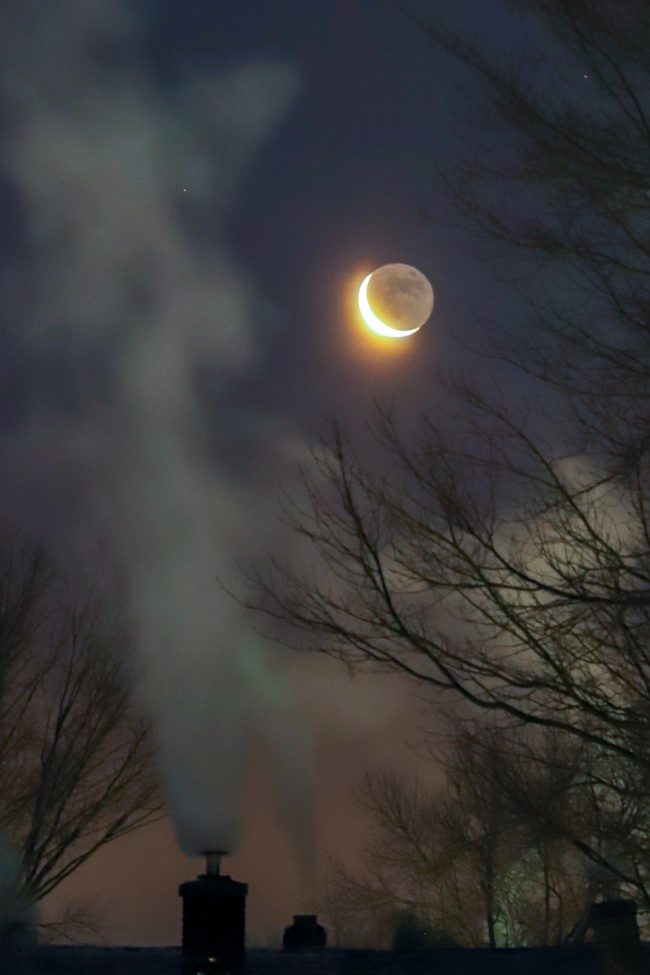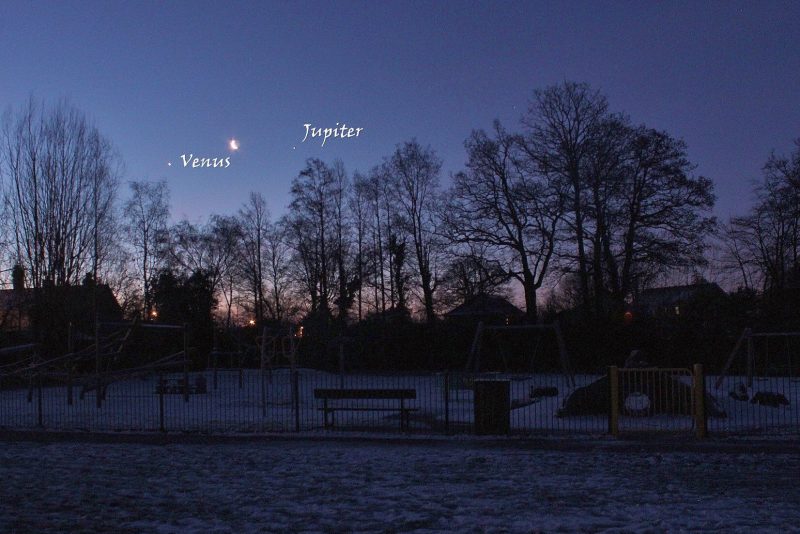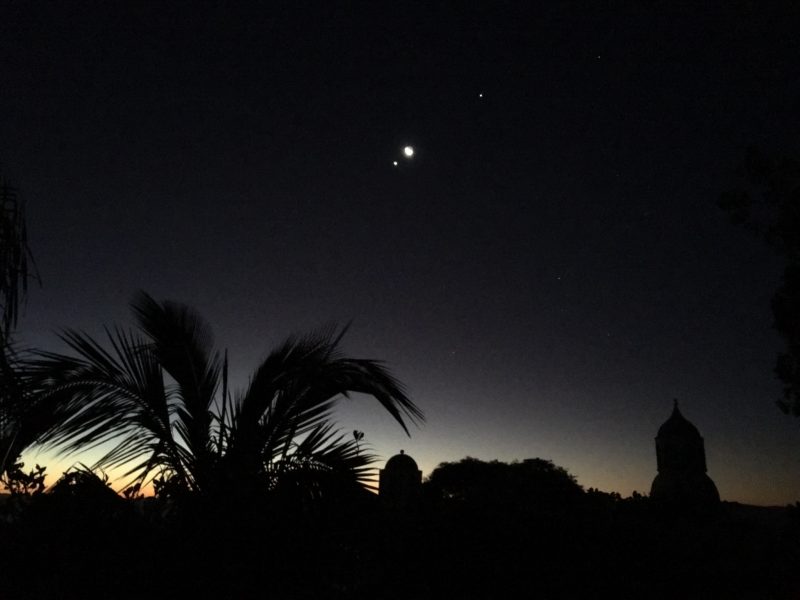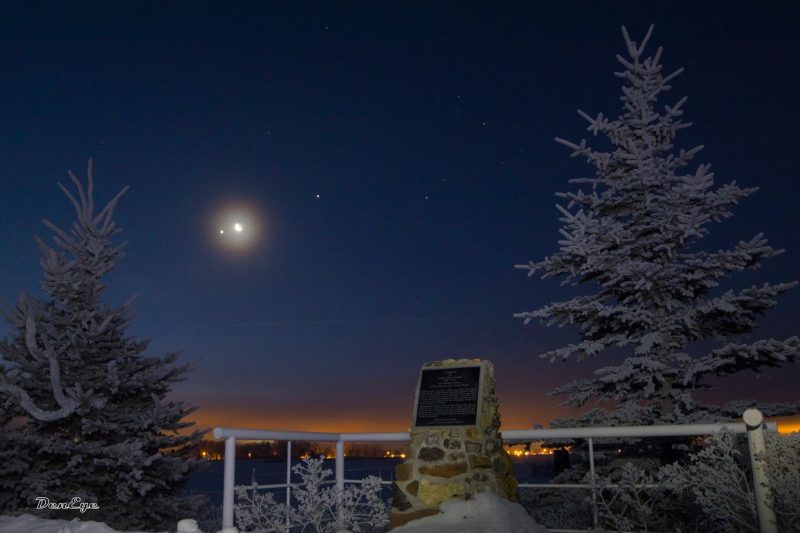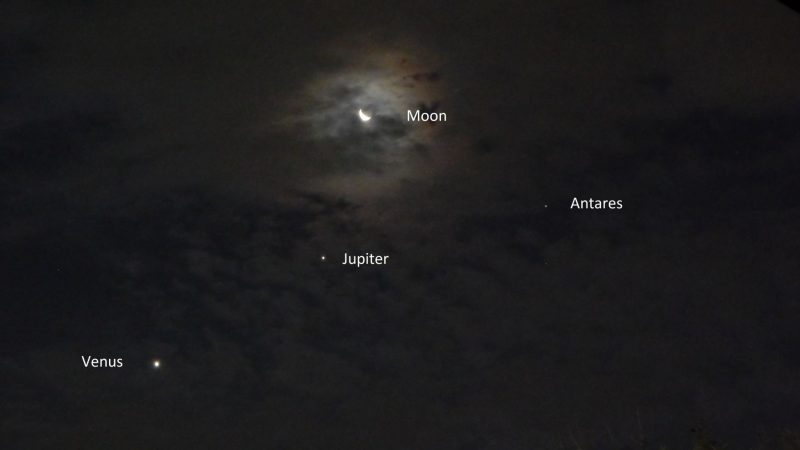
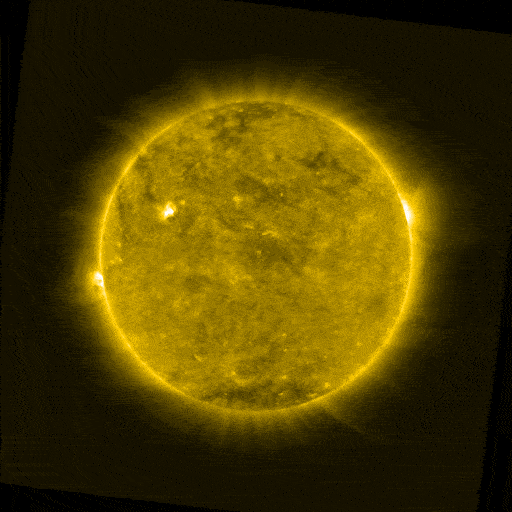
Image via ESA/Royal Observatory of Belgium.
EarthSky 2019 lunar calendars are cool! Order now. Going fast!
This montage of 365 images taken by ESA’s Proba-2 satellite shows the changing activity of the sun during 2018. The satellite’s camera works at extreme ultraviolet wavelengths to capture the sun’s hot turbulent atmosphere – the corona, at temperatures of about a million degrees.
The satellite is continuously monitoring the sun – one image was selected to represent each day of the year. A poster version is below.

View larger | Image via ESA/Royal Observatory of Belgium.
The sun typically follows an 11-year cycle of activity, and throughout 2018, it embraced its solar minimum – the period of least solar activity in the 11-year cycle – and displayed few active regions (the bright regions in the images).
One way to assess the level of activity is by counting sunspots (dark spots in the images), or recording the strength of solar flares – sudden flashed of extreme brightness. The most energetic flare of 2018 was recorded on February 7, from a small region located at central latitudes in the eastern hemisphere of the sun (to the left of the center of the sun in the corresponding image).
It was classed as a ‘C-8.1’ in the classification system that divides solar flares according to their strength. The smallest are A, followed by B, C, M and X, with each letter representing a ten-fold increase in energy output such that an X-class flare is 100 times stronger than a C-class flare.
M and X flares, along with coronal mass ejections that launch vast clouds of solar matter out into space, can create such powerful bursts of radiation that if directed towards Earth have the potential to create geomagnetic storms that can disrupt our communication systems and power grids, and can harm satellites. This is one of the reasons why it is so important to continuously monitor the sun – to be able to prepare for and mitigate the adverse effects of space weather.
Bottom line: Satellite image montage of 365 images shows the changing activity of the sun during 2018.
from EarthSky http://bit.ly/2ToWm3c


Image via ESA/Royal Observatory of Belgium.
EarthSky 2019 lunar calendars are cool! Order now. Going fast!
This montage of 365 images taken by ESA’s Proba-2 satellite shows the changing activity of the sun during 2018. The satellite’s camera works at extreme ultraviolet wavelengths to capture the sun’s hot turbulent atmosphere – the corona, at temperatures of about a million degrees.
The satellite is continuously monitoring the sun – one image was selected to represent each day of the year. A poster version is below.

View larger | Image via ESA/Royal Observatory of Belgium.
The sun typically follows an 11-year cycle of activity, and throughout 2018, it embraced its solar minimum – the period of least solar activity in the 11-year cycle – and displayed few active regions (the bright regions in the images).
One way to assess the level of activity is by counting sunspots (dark spots in the images), or recording the strength of solar flares – sudden flashed of extreme brightness. The most energetic flare of 2018 was recorded on February 7, from a small region located at central latitudes in the eastern hemisphere of the sun (to the left of the center of the sun in the corresponding image).
It was classed as a ‘C-8.1’ in the classification system that divides solar flares according to their strength. The smallest are A, followed by B, C, M and X, with each letter representing a ten-fold increase in energy output such that an X-class flare is 100 times stronger than a C-class flare.
M and X flares, along with coronal mass ejections that launch vast clouds of solar matter out into space, can create such powerful bursts of radiation that if directed towards Earth have the potential to create geomagnetic storms that can disrupt our communication systems and power grids, and can harm satellites. This is one of the reasons why it is so important to continuously monitor the sun – to be able to prepare for and mitigate the adverse effects of space weather.
Bottom line: Satellite image montage of 365 images shows the changing activity of the sun during 2018.
from EarthSky http://bit.ly/2ToWm3c


